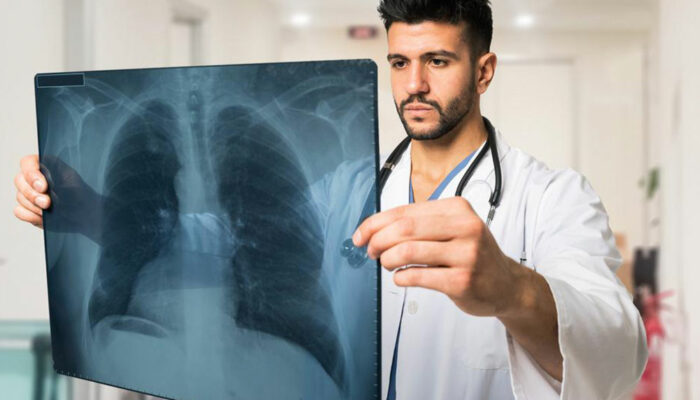
Different Treatment Methods for Ovarian Cancer
The main treatments of ovarian cancer like surgery, chemotherapy or radiation are prescribed to the women diagnosed with the diseases. All of them are prescribed depending on the stage of cancer, and each of the methods is beneficial in their own way. However, cancer is a dangerous disease and thus, the clash with each of the methods can lead to exhausting side-effects and some major health risks.
Surgery
However, there is no guarantee that the surgery removes the entire infected cancerous part. Surgery also causes complications and weakens the patients furthermore. Sometimes the complications that arise are minor, but some lead to death. If any parts of the infected area are left unresolved during surgery, the chances of remission increase. Of the main treatments for ovarian cancer, internal problems like internal bleeding, blood clots, and bowel problems arise if the surgery is unsuccessful. They can also cause infections in the wound, fever, vaginal bleeding, and swelling in the leg (lymphoedema). Quick medical attention is required if after surgery the leg feels warm, swollen or painful, the patient coughs up blood or there is back pain.
Chemotherapy
In chemotherapy, the dosage given through mouth, IV, shot or intraperitoneally intends to destroy the cancer cells in the contaminated area. The problem with this main treatment for ovarian cancer is that the medication does not choose which cells to attack, and thus can kill the healthy cells too. The ruination of the healthy cells triggers side-effects in women such as fatigue, nausea, and hair loss. They also feel weak and lose emotional strength to fight the ongoing battle, thereby affecting the recovery.
Radiation
If the first two stages of regimen did not work effectively and cancer reappears, doctors endorse this stage of therapy. A machine outside the body is placed over the affected abdominal region and a beam emits radiation over the affected part. However, the risks in this main treatment for ovarian cancer are high as the process involves high-energy X-Rays being used on the cancer cells. Each session lasts for a few minutes but extends over a long period of time. Radiation can also destroy the healthy cells fighting to keep the cancer cells from multiplying, causing the female body to feel the effects. Women feel extreme tiredness and fatigue after each round of radiotherapy, and also feel sick. Due to the intense focus in the abdominal area, the patients also suffer from diarrhea. The treatment methods temporarily cause discomfort in the bladder, causing you to pee more often and a feeling of soreness in the area.
Clinical trials
Clinical trials are mainly experimental in nature where the doctors are trying to find new ways and procedures of medication. There is no guarantee that the patients undergoing the clinical trials would get better and instead can get worse in some cases. However, the risks are mentioned beforehand to the patients opting for this treatment facility.
In conclusion, we can say that while all of the main treatments for ovarian cancer have benefits, there are some side effects and risks that people have to deal with. Most of the side effects are uncomfortable, only some severe cases lead to a life-threatening stage.



